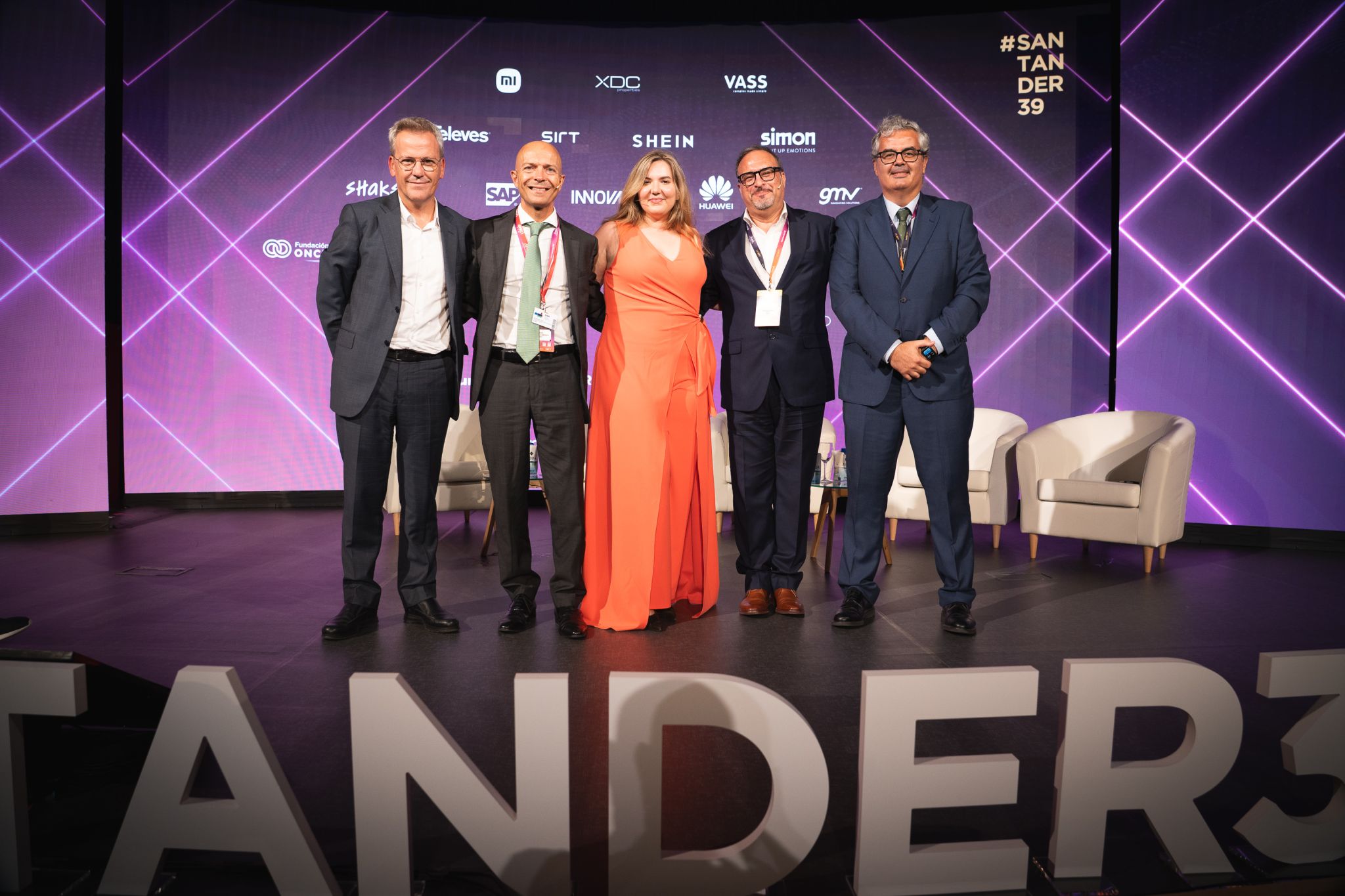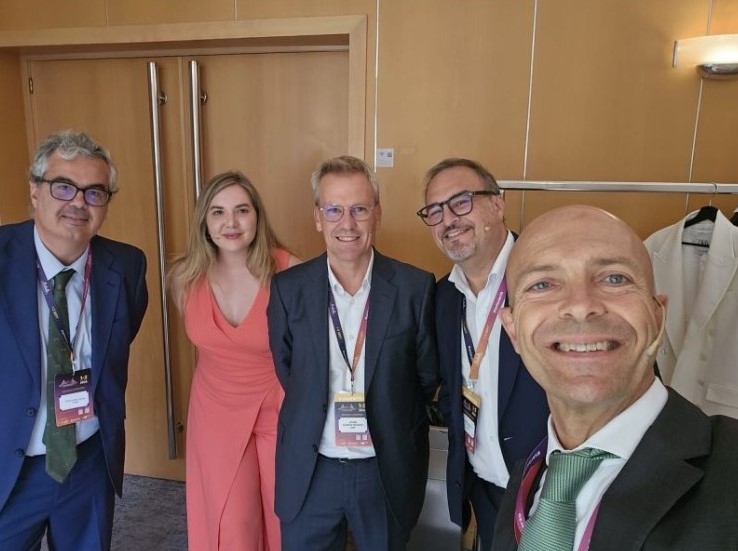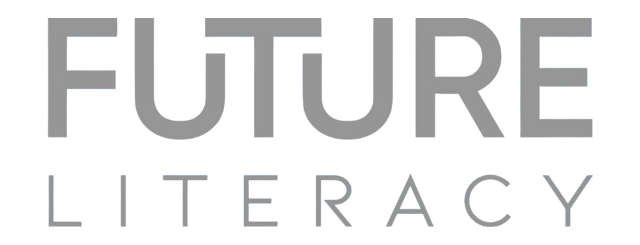Santander39: How 21st-Century Defense is Written in Digital Terms

The 39th Digital Economy and Telecommunications Meeting in Santander offered a glimpse into how Spain and Europe are redefining security and defense in an accelerated, hybrid, digital era. The panel “The Defense and Technology Industry”, moderated by María Luque, founder of Future Literacy and coordinator of AMETIC’s Dual Technologies for Defense Group, highlighted a striking insight: defense today is measured not only in tanks or missiles, but in the ability to sustain the economy under pressure, protect critical infrastructure, respond to climate emergencies, and confront cognitive and financial threats.
At the heart of the discussion was a pivotal question: what role does the digital industry play in this new architecture of security? The answer emerged organically throughout the debate: dual-use technologies—capable of serving both civilian and military purposes—are the bridge transforming technological resilience into actionable strategic capability.
The panel explored foundational steps for progress: understanding national and regional capabilities, connecting stakeholders across sectors, translating expertise into military and security terms, and linking authorities with opportunities to activate strategic projects. This is no abstract blueprint. Members of AMETIC’s Dual Technologies for Defense Group—including Indra, GMV, Inetum, TECNALIA, Esri, Eurecat, Vicomtech, Gradiant, i2CAT, Funditec, FI Group, INNOVA IRV, Future Literacy, SIRT, and ArXiTEC—are already advancing work in cognitive advantage, cybersecurity, artificial intelligence, and quantum applications. Some of these organizations participated in the audience, contributing to the richness of the conversation. The seamless coordination by Isabel Córdova Samaniego has been instrumental in building this community.
A highlight of the discussion was cognitive and epistemic defense. SIRT proposed the creation of a “digital shield” to protect Europe from disinformation, safeguarding political and cultural values. Applied cybersecurity and cyberdefense were also central, with GMV demonstrating how dual-use technologies not only protect, but educate and foster collaboration among industrial actors. INCIBE emphasized its role in accelerating innovation, mobilizing the industrial ecosystem, and ensuring strategic investments yield long-term impact.
Concrete cases brought theory to life. IndraMind, the sovereign cognitive brain platform, illustrated technological sovereignty in practice: from processing data to enabling strategic decisions in secure communications, critical infrastructure, energy, and healthcare. Open collaboration with startups, SMEs, and innovation partners strengthens European resilience while respecting intellectual property.
The debate made one truth clear: collaboration is the engine of 21st-century defense. Investments in technology alone are not enough. Strategic ecosystems must integrate individual capabilities into a coherent whole, capable of sustaining societies and economies in times of crisis.
Santander revealed that the future of security is not an abstract concept. It is coordinated action, applied strategy, and strategic foresight. The digital industry is central to this transformation, and under the moderation and coordination of María Luque and the Dual Technologies for Defense Group, the early efforts demonstrate that Spain can lead—if vision is translated into tangible, real-world impact.

Watch the debate here: https://www.youtube.com/live/RUN9BhyxBjY



